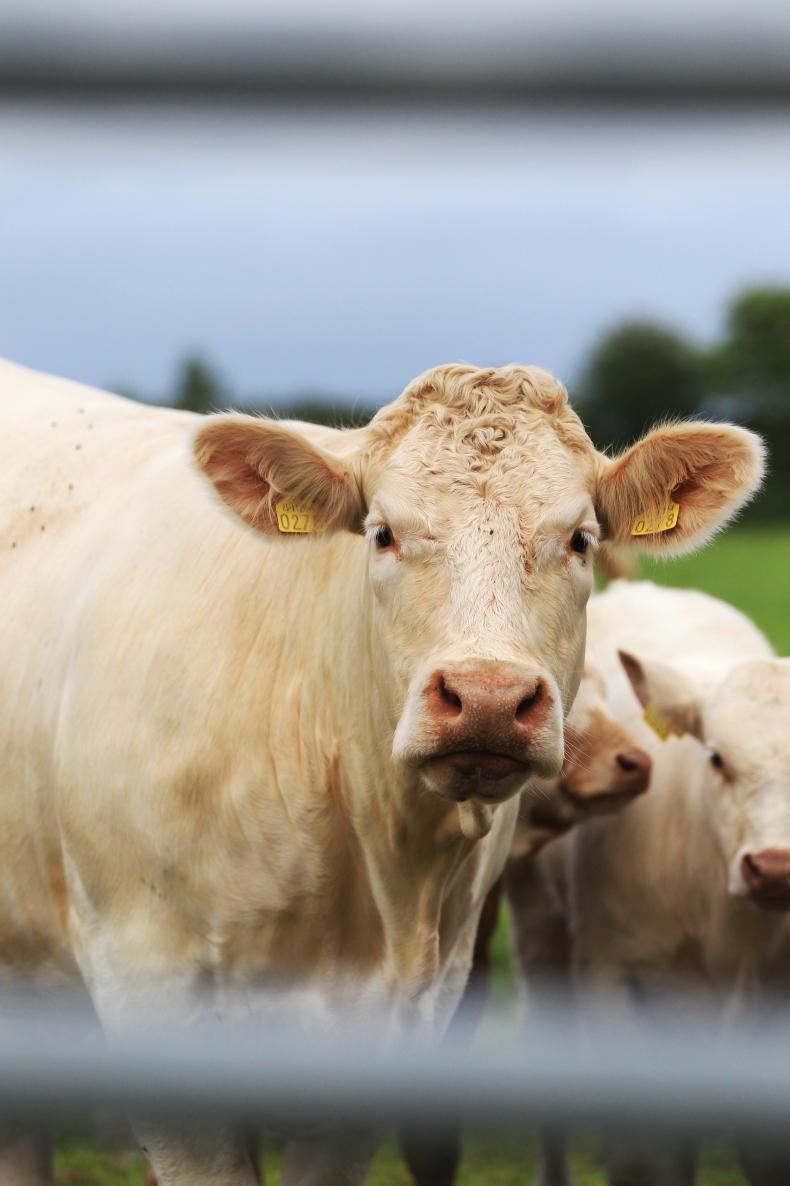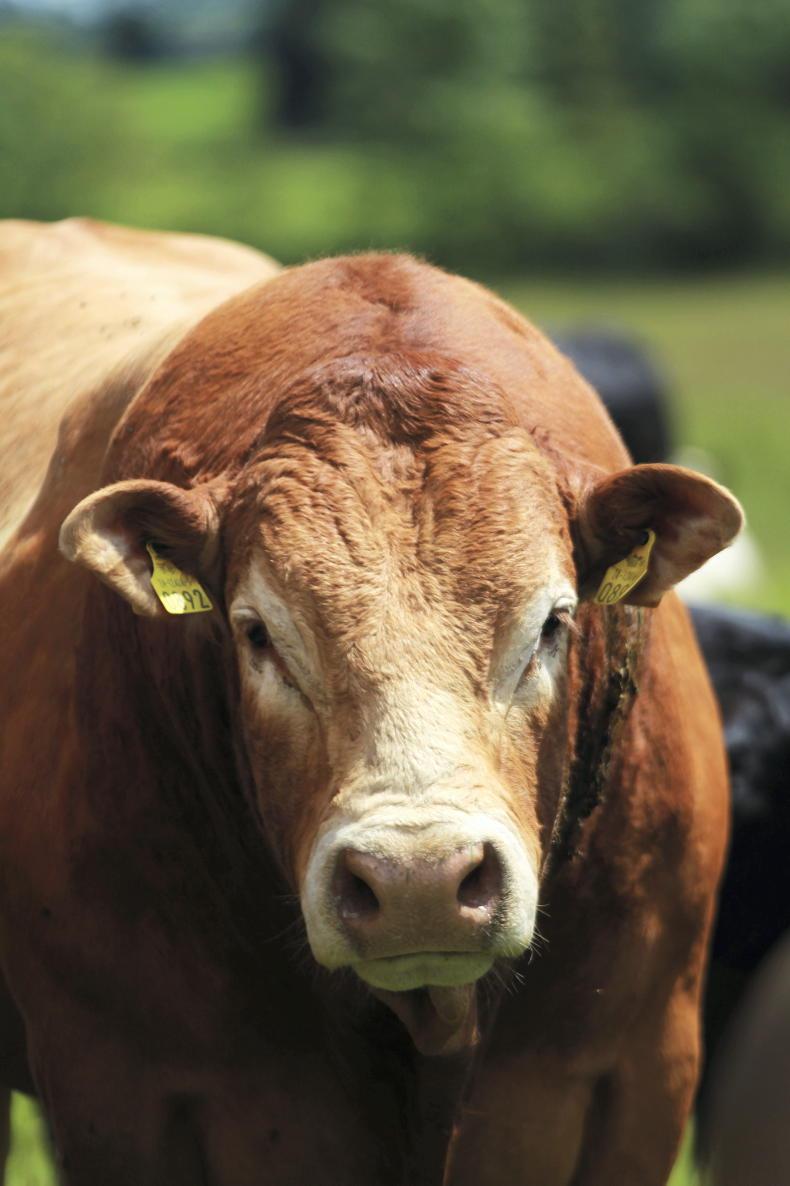
Ireland’s breeding herd continues to shift, with 2022 suckler registrations back by almost 16,000 for the first three months of the year, while dairy calf registrations are up 7,000 for the first three months.
With suckler cow numbers declining, you have to wonder what effect this will have on the shape of our industry in years to come.
More dairy beef will change farm systems, farm management, labour requirements and cashflow on farms.
If we look to some farms in the west, where suckler cow numbers are generally low on smaller part-time farms, they generally focus on top-quality animals and place a huge emphasis on breeding to get them.

If suckler cow numbers continue to reduce, you would imagine it will be the lower end that will be culled and this means the bar will be raised in terms of quality heading into the future.
One thing I can never understand is how we are still managing to kill thousands of bullocks and heifers every year over 36 months.
Poor genetics will delay finishing time, but going to 36 months is a function of poor management at some point along the animal’s life.
Daily liveweight gains and farm efficiency will become more important in years to come, as agriculture faces up to the challenge of reducing GHG emissions by between 22-30% by 2030.
Breeding will be central in making this progress.
As part of this week’s special breeding focus, we profile some of the initial work by ICBF on GHG emissions of individual animals and the work looks very positive in terms of our ability to lower slaughter age and in turn lower GHG emissions from cattle.
We also take a look at the top AI bulls available ahead of the 2022 breeding season and Kieran Mailey has some top tips for getting your stock bull ready for the busy months ahead.

Ireland’s breeding herd continues to shift, with 2022 suckler registrations back by almost 16,000 for the first three months of the year, while dairy calf registrations are up 7,000 for the first three months.
With suckler cow numbers declining, you have to wonder what effect this will have on the shape of our industry in years to come.
More dairy beef will change farm systems, farm management, labour requirements and cashflow on farms.
If we look to some farms in the west, where suckler cow numbers are generally low on smaller part-time farms, they generally focus on top-quality animals and place a huge emphasis on breeding to get them.

If suckler cow numbers continue to reduce, you would imagine it will be the lower end that will be culled and this means the bar will be raised in terms of quality heading into the future.
One thing I can never understand is how we are still managing to kill thousands of bullocks and heifers every year over 36 months.
Poor genetics will delay finishing time, but going to 36 months is a function of poor management at some point along the animal’s life.
Daily liveweight gains and farm efficiency will become more important in years to come, as agriculture faces up to the challenge of reducing GHG emissions by between 22-30% by 2030.
Breeding will be central in making this progress.
As part of this week’s special breeding focus, we profile some of the initial work by ICBF on GHG emissions of individual animals and the work looks very positive in terms of our ability to lower slaughter age and in turn lower GHG emissions from cattle.
We also take a look at the top AI bulls available ahead of the 2022 breeding season and Kieran Mailey has some top tips for getting your stock bull ready for the busy months ahead.








 This is a subscriber-only article
This is a subscriber-only article











SHARING OPTIONS: